Practice basic mapping skills with a fun partner game that encourages use of positional language.
Explore Map Skills with a Partner Game
Barrier games require players to either give or receive instructions. They are an excellent listening and speaking activity. Two players are separated by a barrier, such as a large book (one that will stand up by itself) or an easel. The barrier is there to block each player from seeing the other’s work. One player is the speaker and the other is the listener, who follows directions. The goal is for the listener to produce work that is close to identical to that of the speaker.
This barrier game has been designed to help your students learn how to provide clear directions using a pictorial map of a town.
How to Play This Map Skills Game
The goal of this game is for the listener to path the same route as that taken by the speaker!
1. Set up barriers around the classroom.
2. Place speakers and listeners on either side of the barriers. Each person will need a copy of the map and a pencil/crayon.
3. The speaker draws a path on their map (along the roads) from the starting point of ‘Start Here’ to the playground. Ensure the speaker’s map cannot be seen by their listening partner.
4. Speakers proceed to instruct their partners where to draw the path. They describe landmarks and features along the way using positional language.
5. On completion, the barrier is removed, and the results are compared.
6. Swap roles and follow the same procedure.
Once the paths have been drawn and compared, mapping skills are further enhanced through the completion of a worksheet where students match up features from the map with their aerial view.
Tips for Support and Extension
If you’re juggling the varying learning needs of your students (and we’re sure you are!), here are a few tips to help you keep all your little learners engaged and on track:
- Supporting Students – Keep it simple for those students who may become overwhelmed by the map. Instead of expecting them to provide directions from the start point to the playground, choose a closer location on the map as the destination to keep the number of directions required to a minimum.
- Extending Students – For those students who are always looking for more, why not challenge them to create a map of their own? They can then write their own directions for getting from place to place!
Download, Print, Play!
Use the Download button above to access the easy-print, color PDF.
Looking for a paperless lesson? Project the map onto your interactive whiteboard and explore the map as a whole class activity!
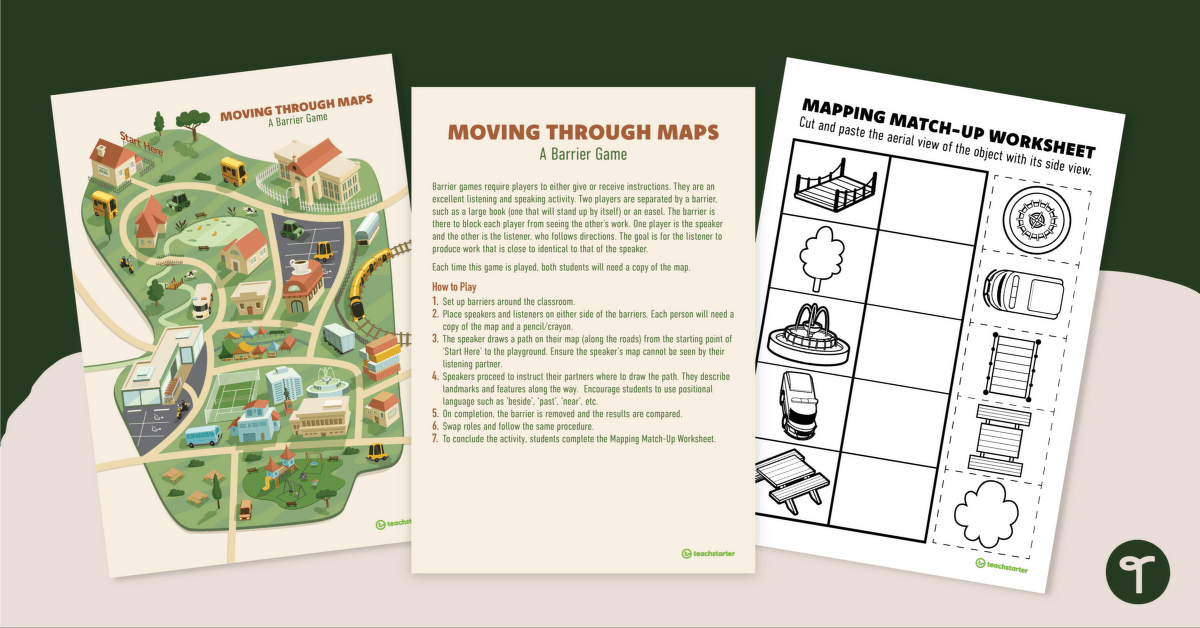

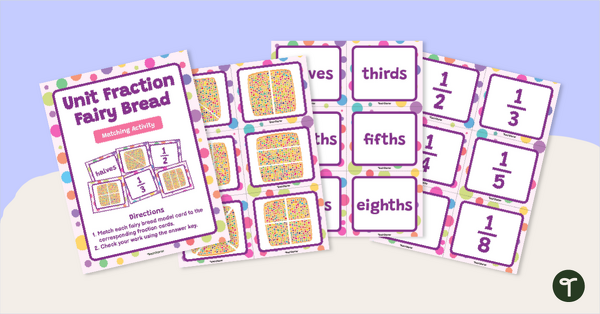

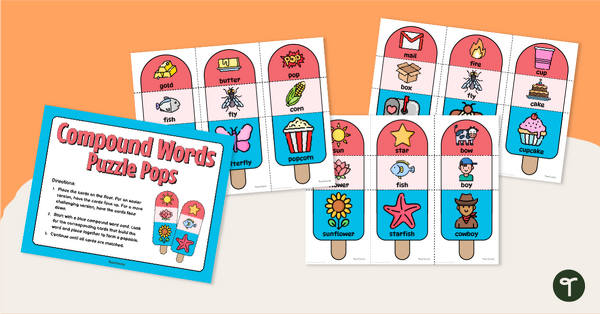
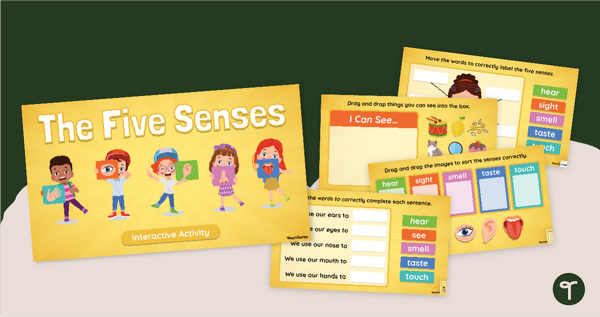
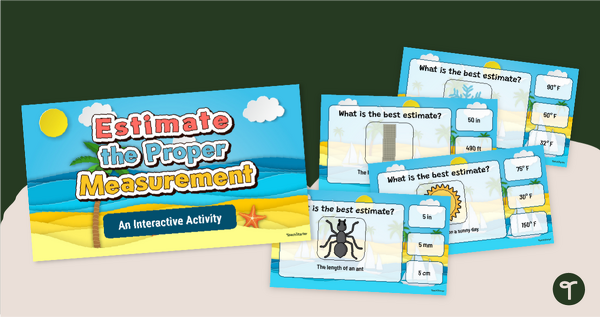


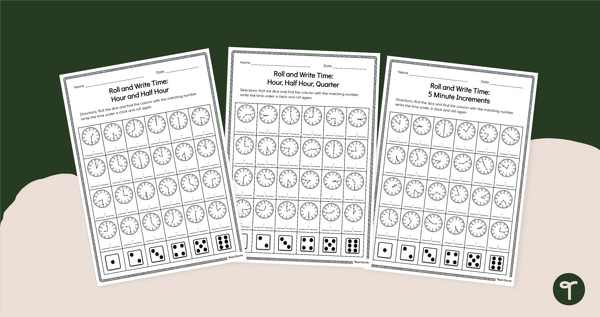
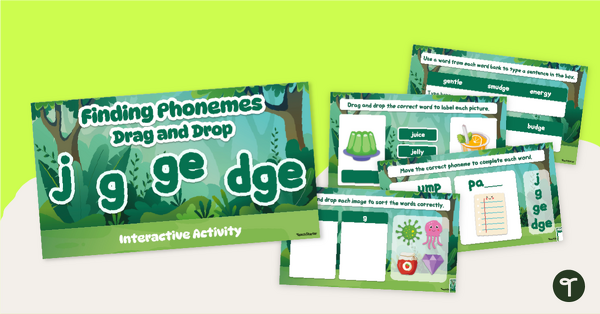

0 Comments
Write a review to help other teachers and parents like yourself. If you'd like to request a change to this resource, or report an error, select the corresponding tab above.